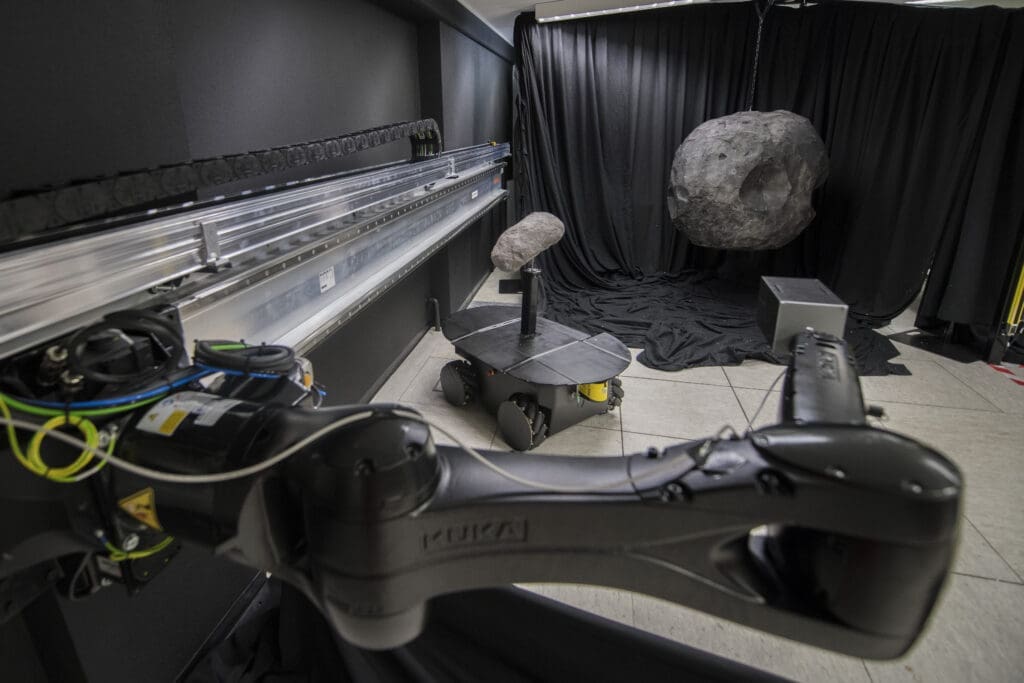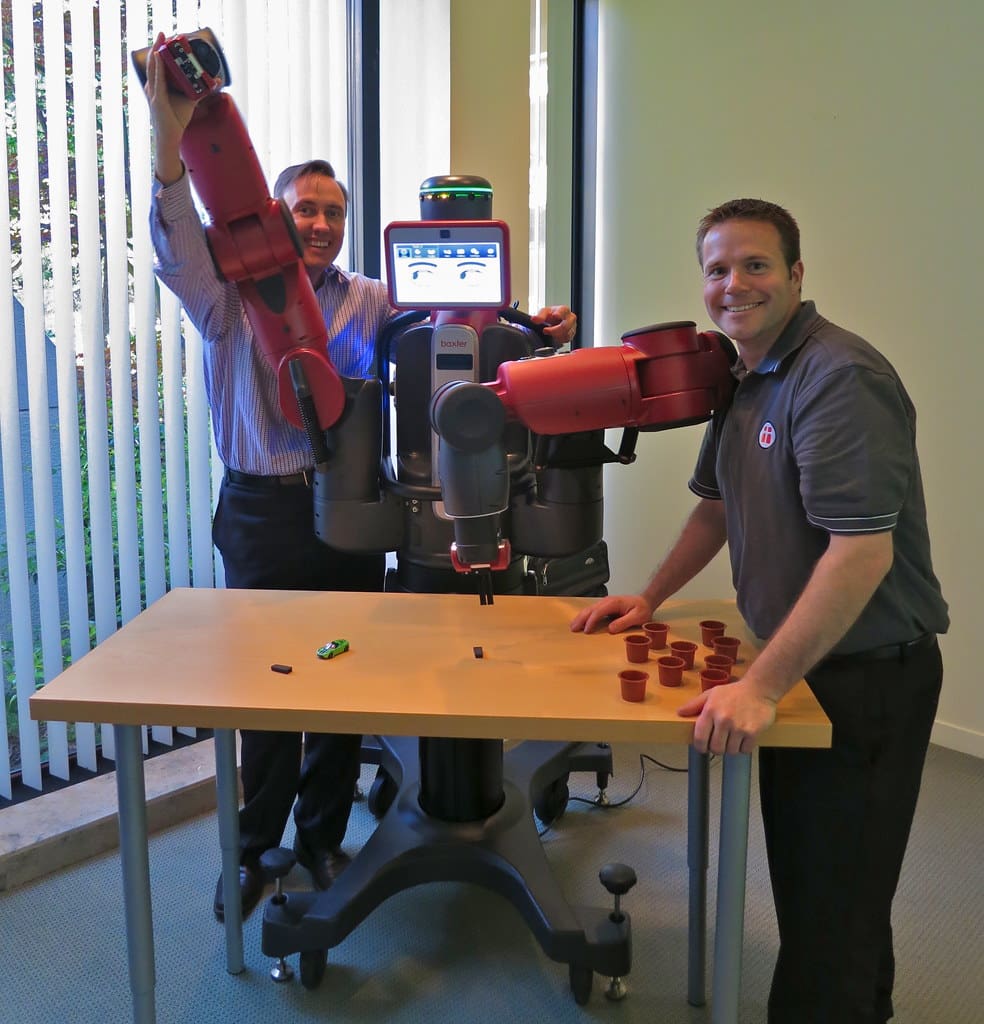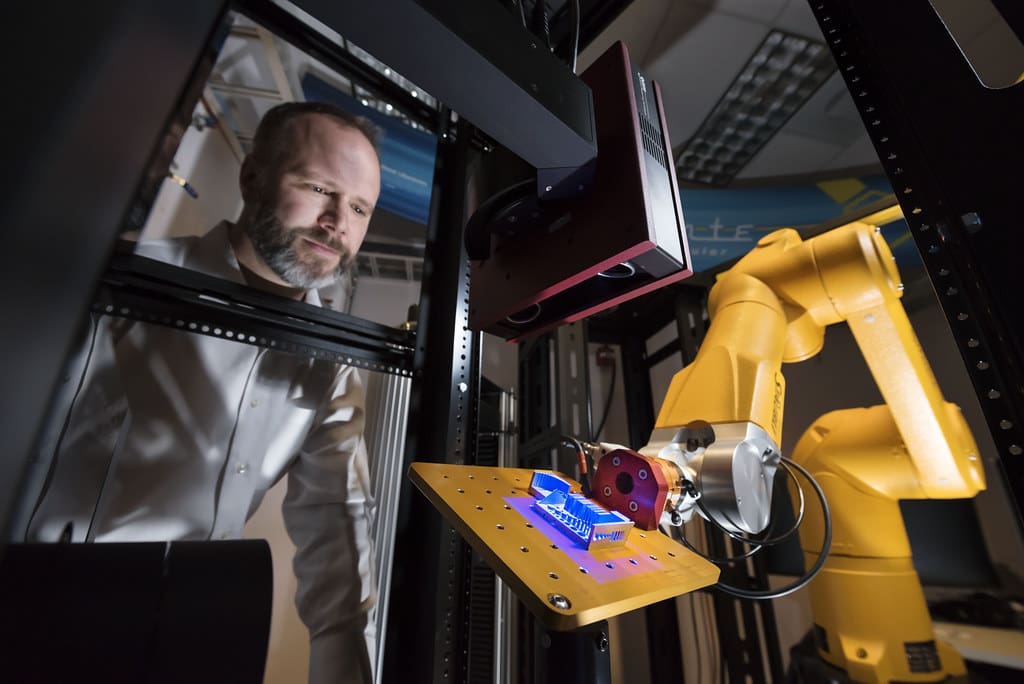Automation engineering, integral to optimizing manufacturing processes and enhancing production efficiency, is undergoing significant transformation with the integration of 3D printing technology. Also known as additive manufacturing, 3D printing offers unparalleled opportunities for innovation in the design, prototyping, and production of automated systems. This technology allows for the rapid development of customized components, complex assemblies, and integrated functionality, fundamentally altering how automation solutions are conceived and implemented across industries.
The Emergence of 3D Printing in Automation Engineering
Originally utilized for prototyping in various sectors, 3D printing has expanded its capabilities to include the production of functional, end-use components and systems essential for automation engineering. Advances in printer technologies and a broad array of materials have made it possible to create parts that meet the rigorous demands of automated operations, from high-strength machine components to intricate robotic end-effectors.

Advantages of 3D Printing in Automation Engineering
Rapid Prototyping and Flexibility: 3D printing accelerates the design process, allowing for quick iteration and testing of components in automation systems. This flexibility is crucial for adapting to changing production demands and evolving technologies.
Complex Geometries and Integration: Additive manufacturing excels at producing components with complex geometries that traditional methods cannot efficiently achieve. This capability enables the integration of multiple functions into single components, reducing assembly time and enhancing the overall compactness and efficiency of automation systems.
Customization for Specific Applications: 3D printing offers unparalleled customization, making it ideal for developing bespoke solutions tailored to specific industry needs or operational challenges. This includes everything from custom grippers for robotic arms to sensors and actuators designed for unique manufacturing environments.
Material Efficiency and Reduced Waste: By building objects layer by layer, 3D printing minimizes waste compared to traditional subtractive manufacturing processes. This not only helps reduce material costs but also aligns with sustainability initiatives within the industry.
Key Applications of 3D Printing in Automation Engineering
Robotic Components: From lightweight robotic arms to complex end-effectors and grippers, 3D printing allows for the production of parts that can be tailored to specific tasks, such as precision assembly or delicate handling of materials.
Custom Jigs and Fixtures: Automated production lines benefit from 3D-printed jigs and fixtures that are customized for specific manufacturing tasks, improving the speed and accuracy of assembly processes.
Integrated Sensor and Control Housing: 3D printing is used to create housings for sensors and control systems that are integral to automation. These components can be designed to fit precisely within existing machinery layouts, optimizing space and protecting sensitive electronics.
Rapid Tooling and Molds: 3D printing provides a fast and cost-effective solution for producing tooling and molds for use in automated manufacturing processes, particularly for short-run production or prototyping.

Challenges in 3D Printing for Automation Engineering
Despite its numerous benefits, several challenges restrict the broader integration of 3D printing in automation engineering:
Material Durability and Performance: Ensuring that 3D-printed materials meet the functional requirements and durability standards for industrial automation is essential. Continuous material innovation and rigorous testing are necessary to develop materials that can withstand the mechanical stresses and environmental conditions of automated environments.
Scalability and Production Speeds: While suitable for prototyping and small-scale production, scaling 3D printing for mass production remains a challenge due to current limitations in printing speeds and handling of large volumes.
Technical Expertise and Upfront Costs: Proficiency in 3D printing requires a deep understanding of both the hardware and software involved. Additionally, the initial cost for high-quality industrial 3D printers and the training required can be significant barriers to adoption.
Future Directions in 3D Printing for Automation Engineering
The future of 3D printing in automation engineering is promising, with ongoing advancements likely to address current limitations. Innovations in printer technology, materials science, and automated design tools are expected to expand the capabilities of 3D printing, making it more efficient and accessible for large-scale industrial applications.
3D printing is set to continue its transformative impact on automation engineering, providing innovative solutions that enhance system design, manufacturing, and operational efficiency. As the technology evolves, it promises to redefine how automated systems are developed and deployed, leading to more efficient, cost-effective, and customized manufacturing solutions across industries.








